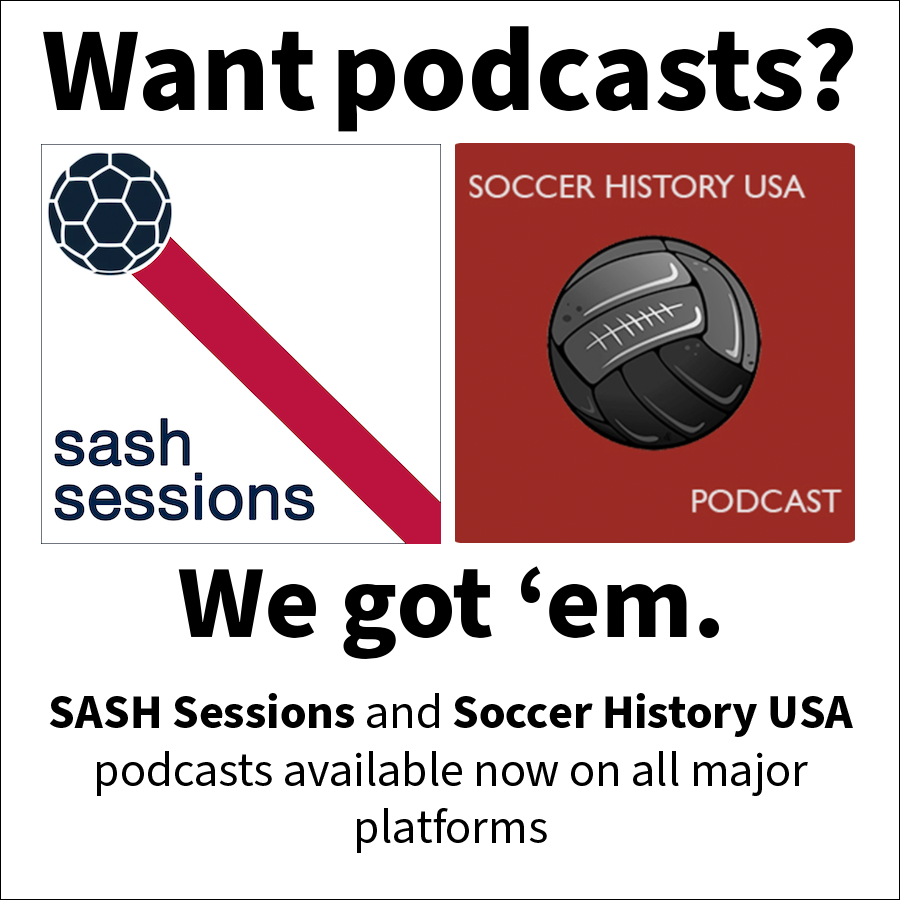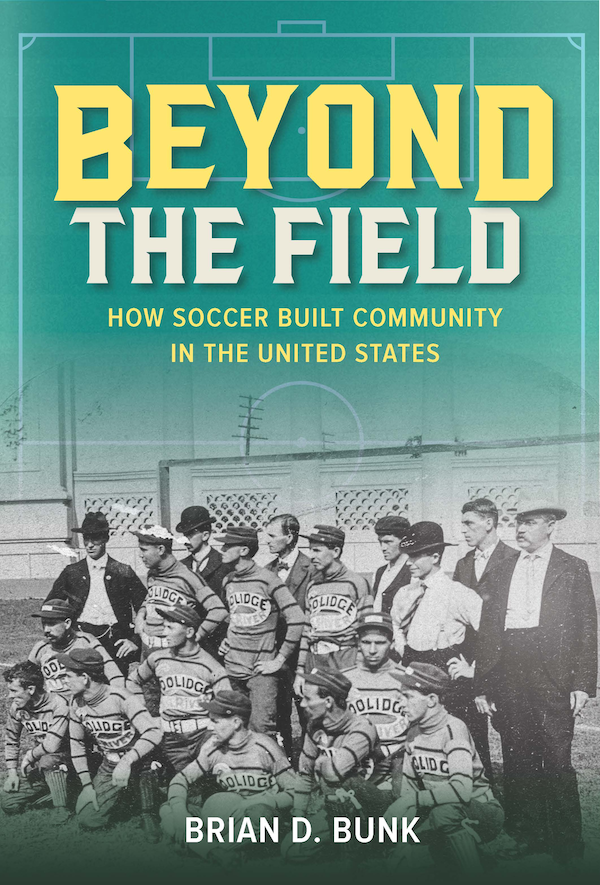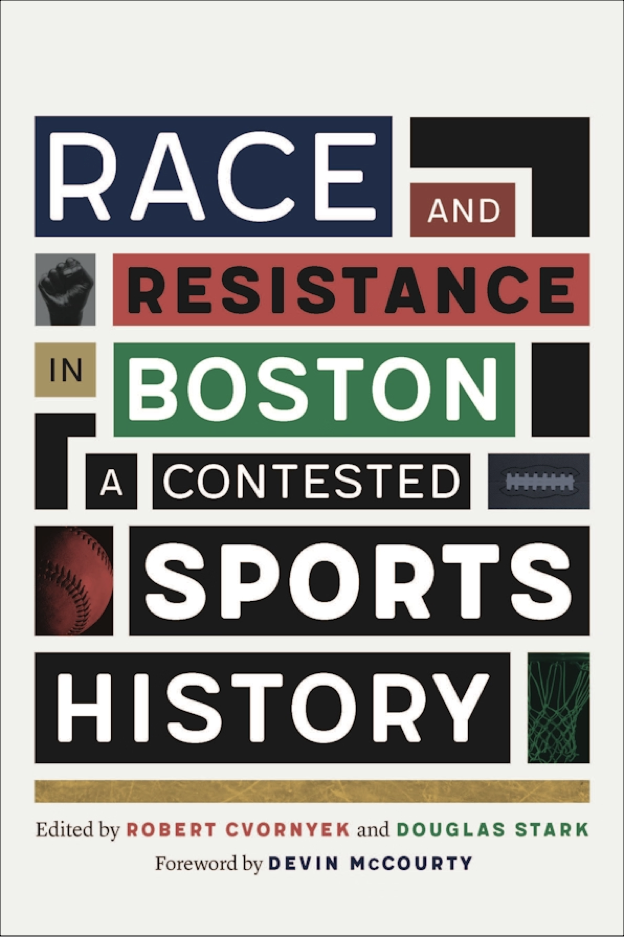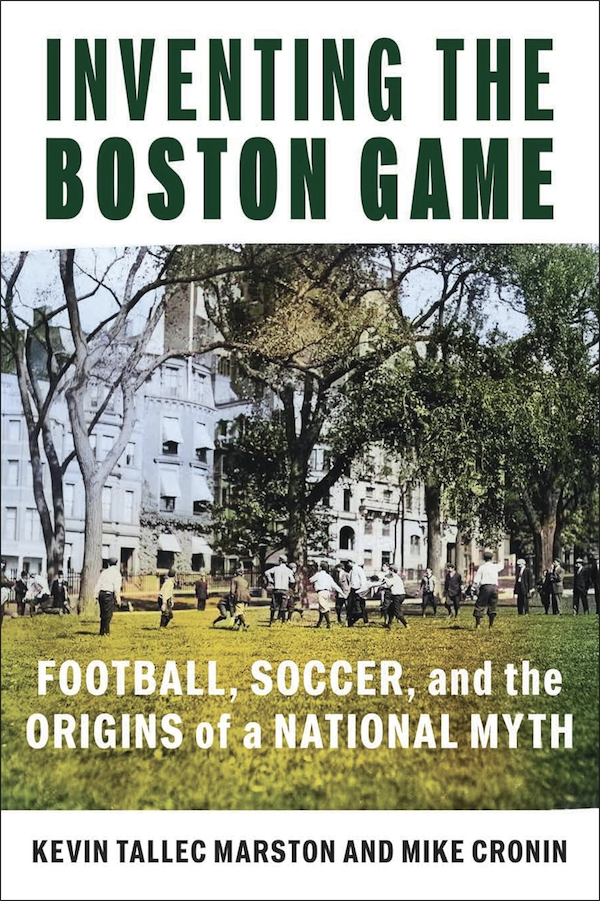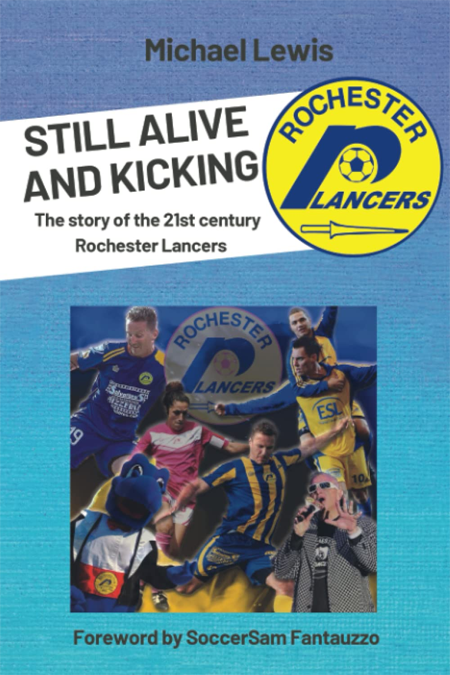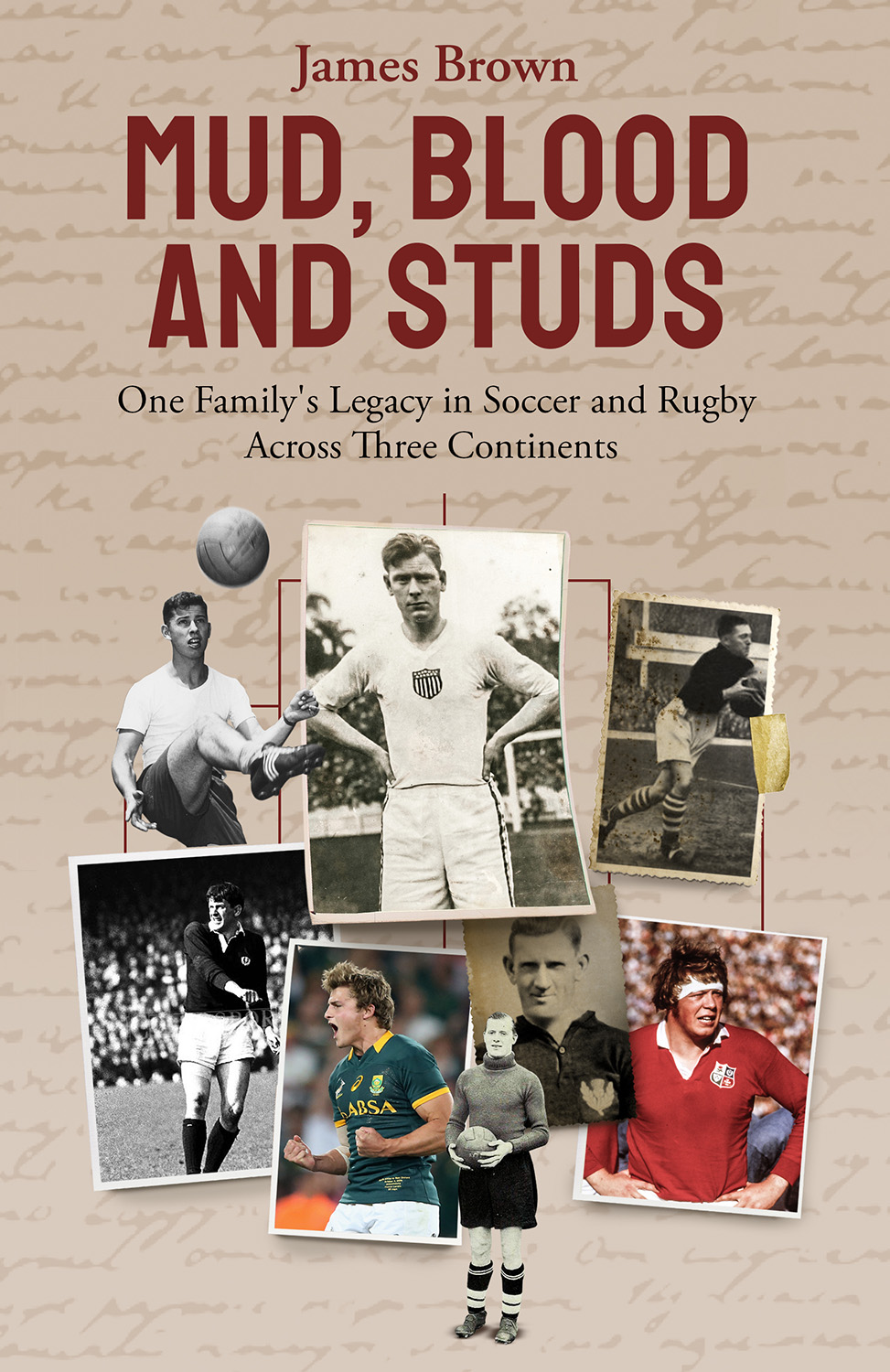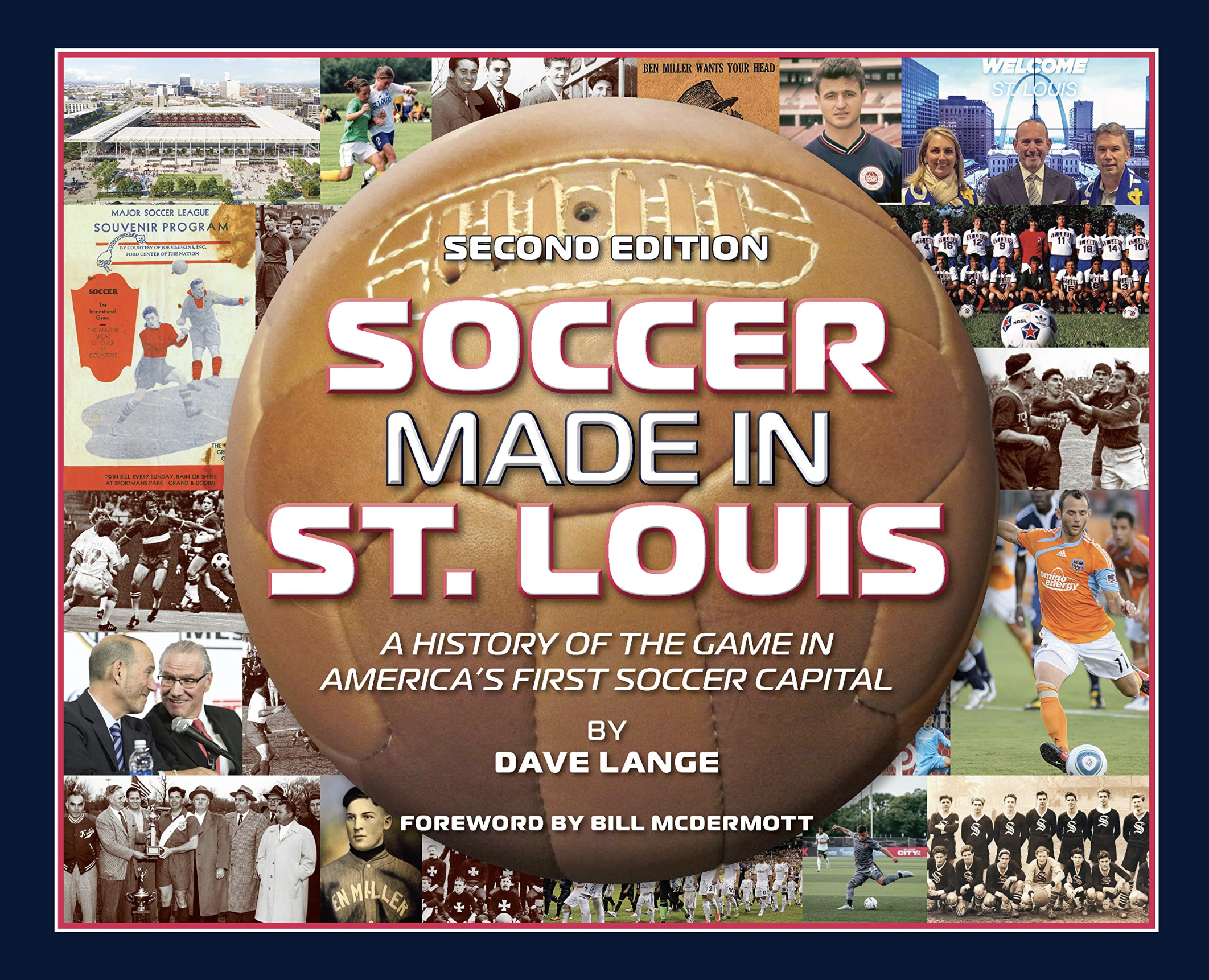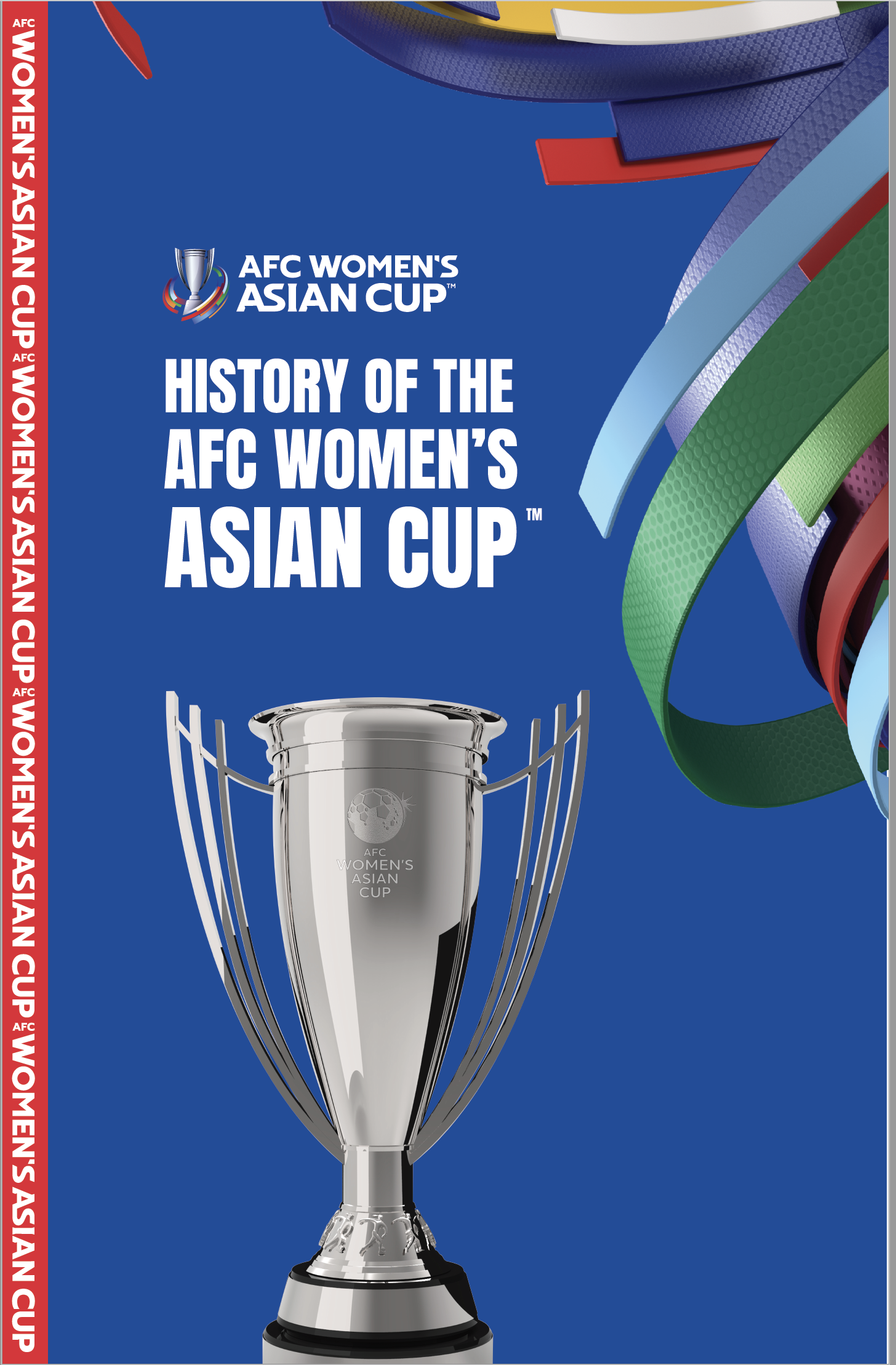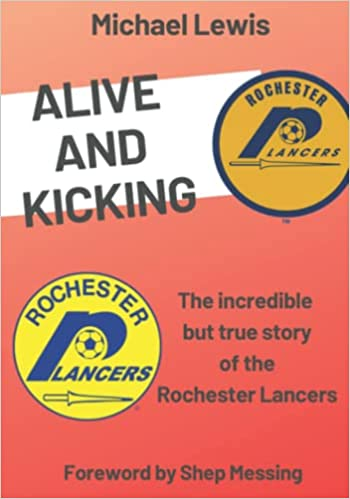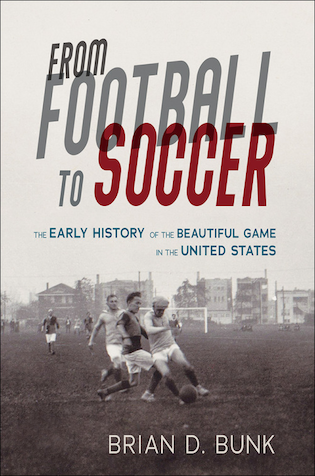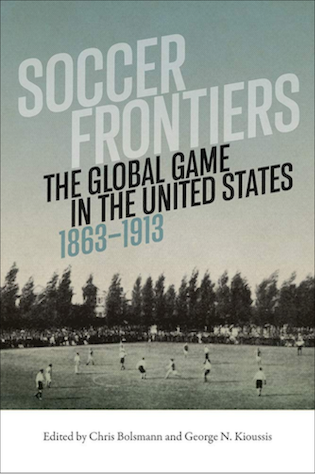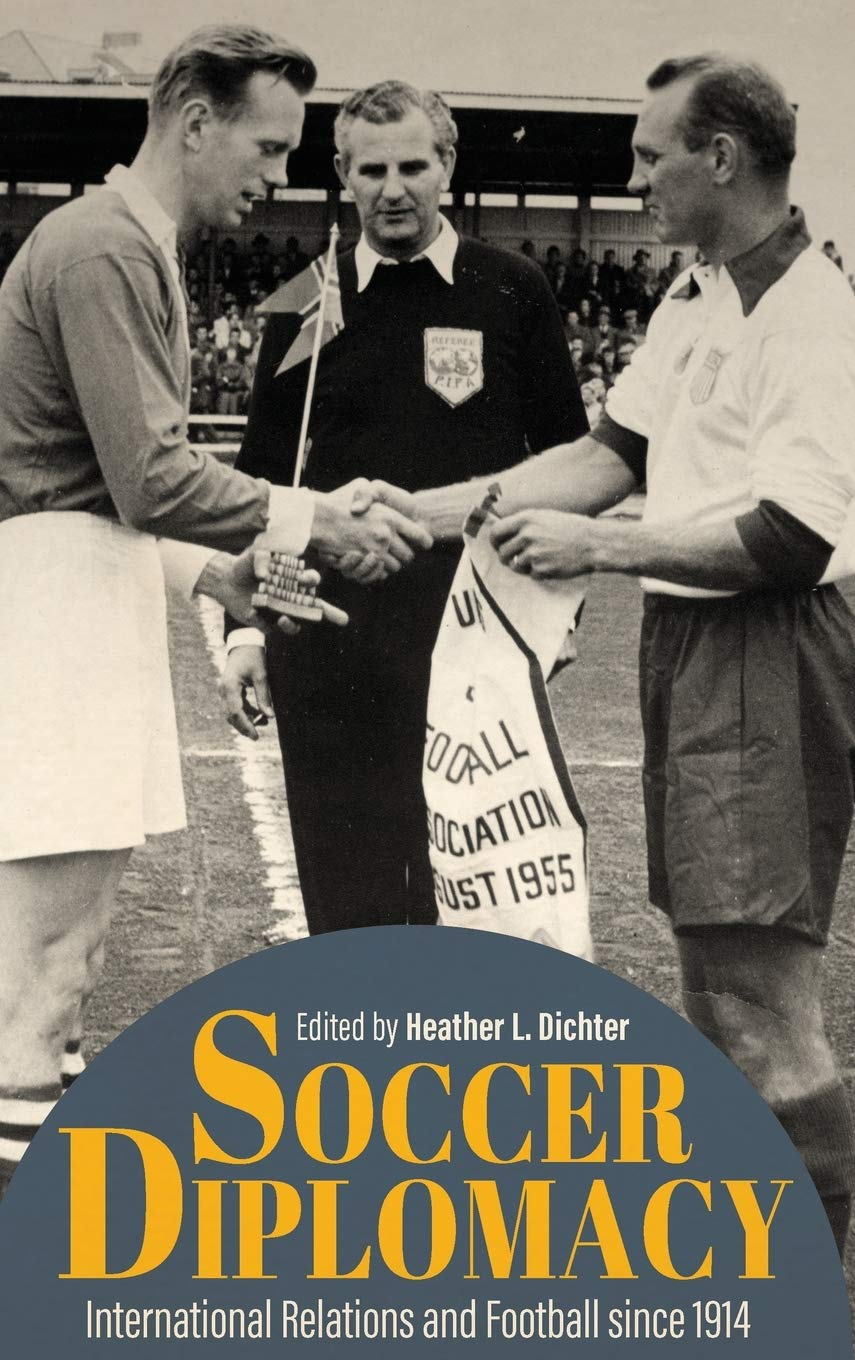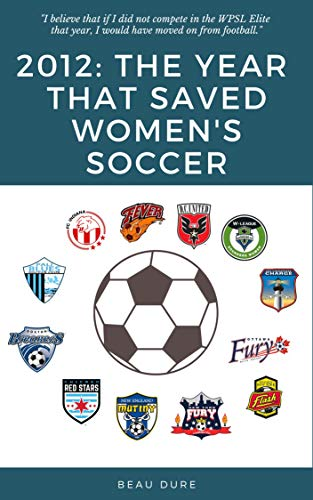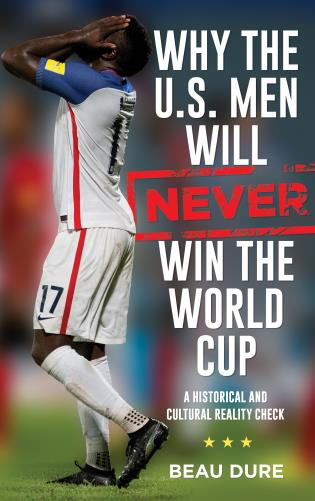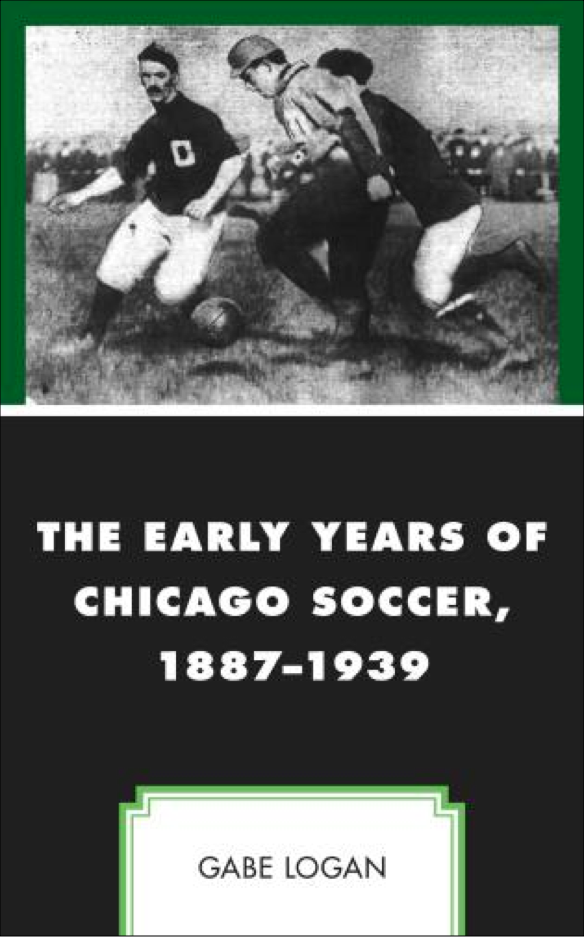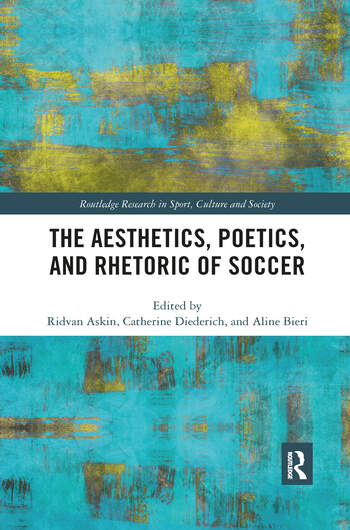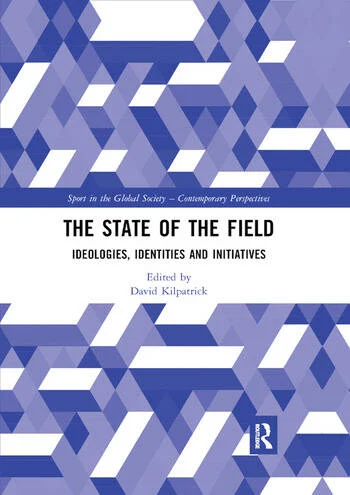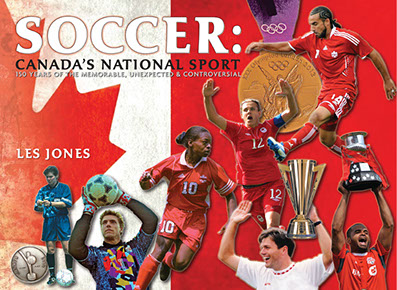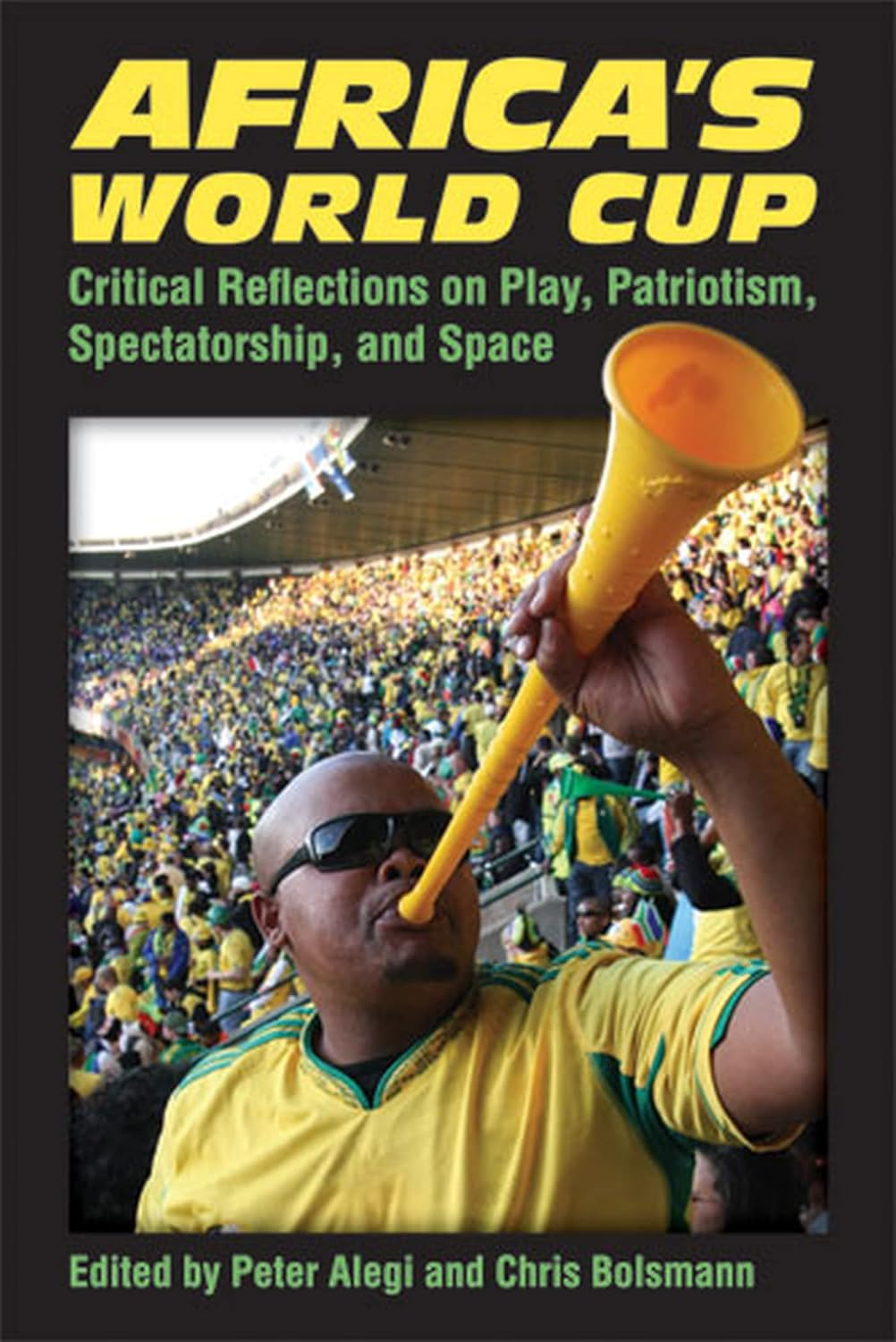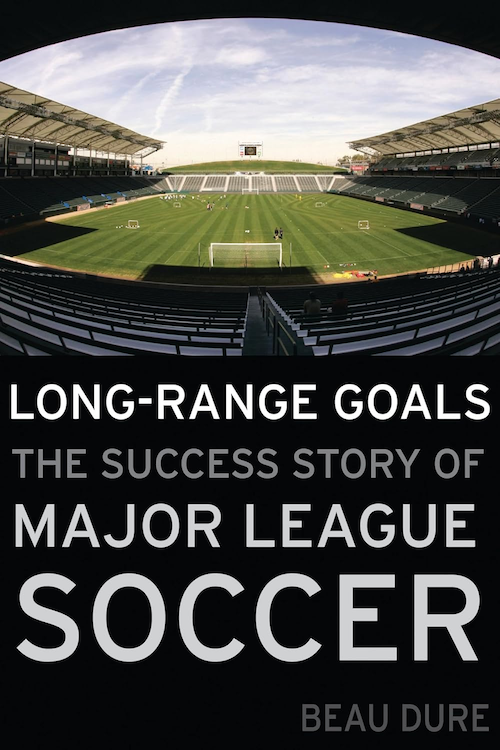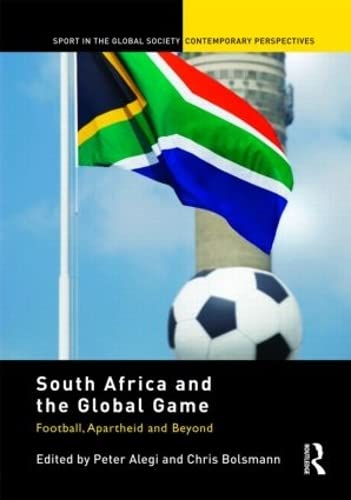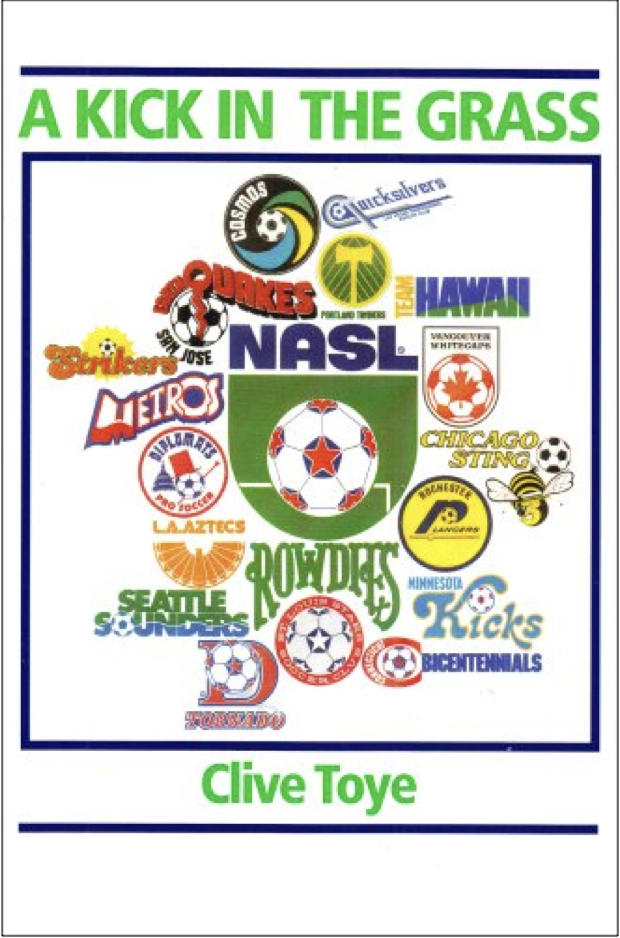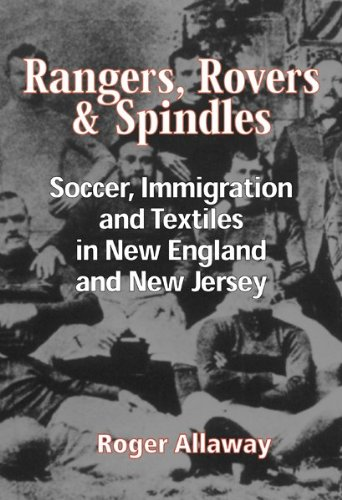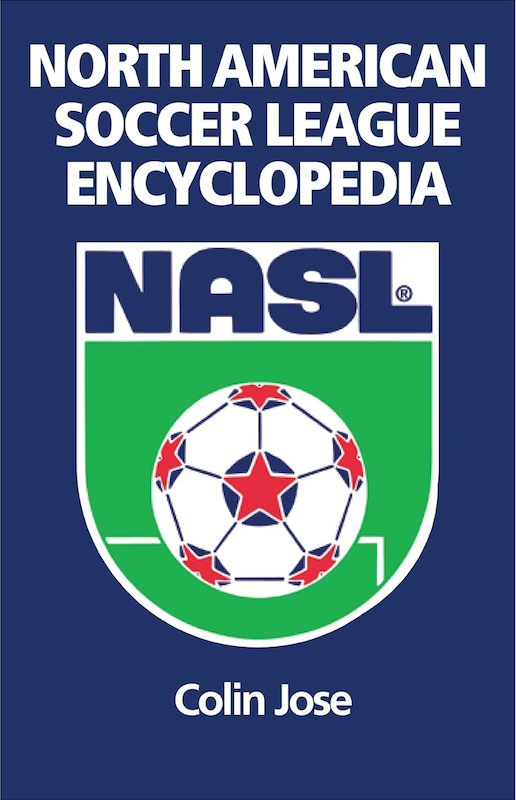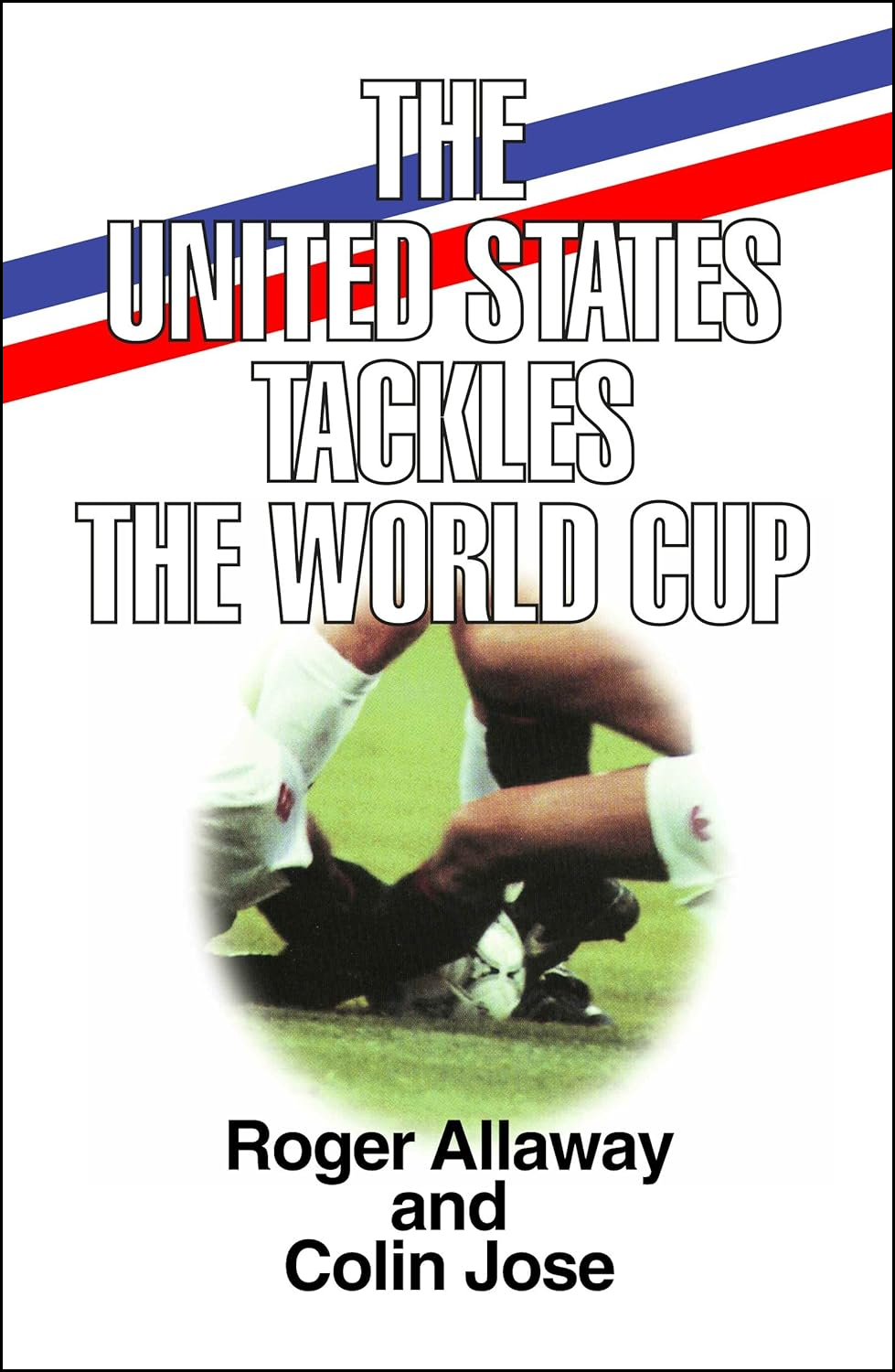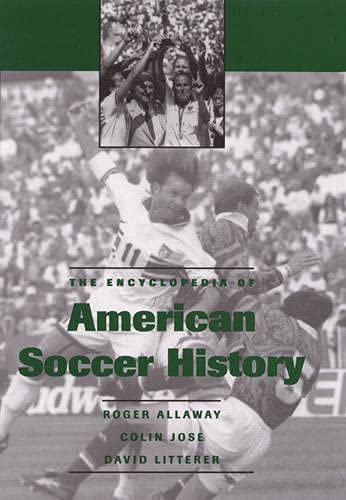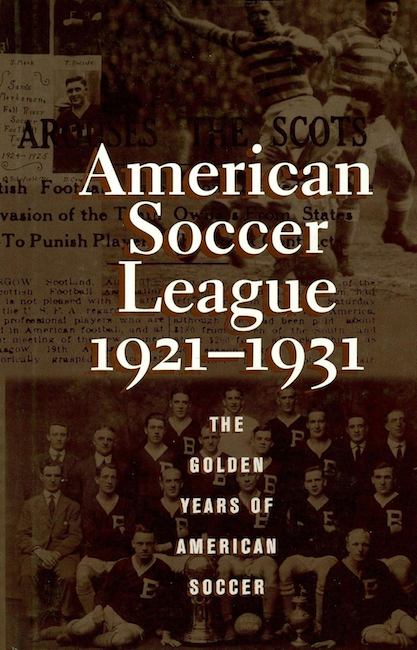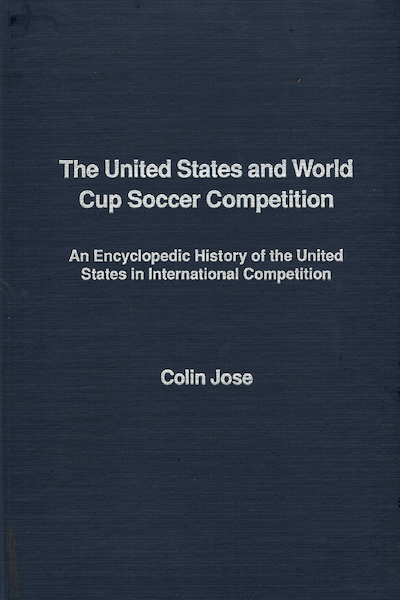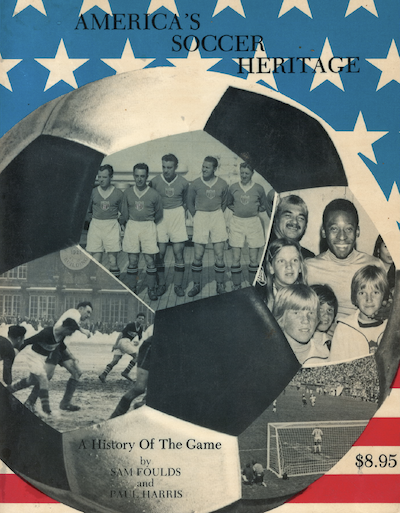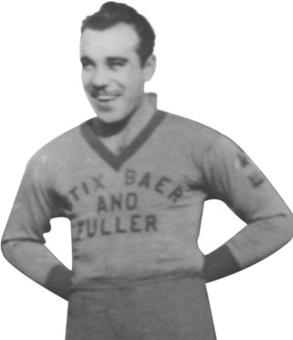
Stix, Baer & Fuller, sponsored by the St. Louis department store chain of that name, reached the final of the U.S. Open Cup three years in a row, winning the title in 1933 and 1934 after losing to the New Bedford Whalers in 1932.
After 1934, however, the record would seem to indicate that Stix had to yield its position as the leading St. Louis team to Central Breweries, which won the cup in 1935, and St. Louis Shamrocks, who finished as runner-up in 1936 and 1937. But did it? Not really. Central Breweries and Shamrocks were nearly the same team as Stix, but with new sponsors and thus new names. In 1938, the same team played as Southside Radio after yet another change of sponsor. Through much of that era, the team included some of the best St. Louis players combined with eastern stars like Billy Gonsalves, Alex McNab and Bert Patenaude, who had moved west after the folding of the original ASL.
Would Stix be a better-known team if all of its achievements had come under the same name? Possibly, although there are limits to how well-known any American soccer team of that long ago could be today.
Stix/Central Breweries/Shamrocks/Southside is an extreme example, but it is true nevertheless that commercial sponsors have played a very large role in St. Louis soccer over the years. In addition to Stix, the best St. Louis teams have included ones sponsored by a funeral home (Kutis), an auto dealership (Simpkins), a hatmaker (Ben Millers) and a steelmaker (Scullin). Only in St. Louis could you have had a team with a name like National Slug Rejectors.
For decades until the advent of the North American Soccer League in the 1960s, most leading American soccer teams relied on either commercial sponsors or ethnic organizations for their financial support. The general trend was for the commercial sponsors to come and go while the ethnic clubs, many of which had far deeper roots in the sport than did a department store or a shipyard, stayed much longer.
A number of the best American soccer teams of decades ago were sponsored by ethnic social clubs that still exist. The most prominent names among them include the Scots-Americans of Kearny, N.J.; the Ukrainian Nationals of Philadelphia, Schwaben of Chicago and Lusitano of Ludlow, Mass. Those four are still sponsoring teams at amateur or youth levels.
Occasionally, ethnic clubs took on commercial sponsors to help pay the bills. Bruell Insurance of Cleveland, which made the U.S. Open Cup final in 1930, was the same team that played in other years as Cleveland Magyar-Americans. Pawtucket Rangers of Rhode Island, the 1941 U.S. Open Cup champion, played in many seasons as J&P Coats, sponsored by a thread mill.
Naming teams after their commercial sponsors could lead to some confusion. Indiana Flooring, one of the teams in the original ASL of the 1920s, was from New York. Manhattan Beer, runner-up for the U.S. Open Cup in 1939, was from Chicago. And Brookhattan, a longtime New York power named for the trucking company that owned it, had its home field in neither Brooklyn nor Manhattan, but in the Bronx.
What was the first American soccer team to take its name from the company that owned/sponsored it? That appears to have been ONT, from the Clark Thread Mill of Kearny, N.J., a team formed in 1883. The team’s name came from the company’s leading consumer product, named “Our New Thread.” At one time, you probably could have bought that thread at a Stix, Baer & Fuller store in St. Louis.
This article originally appeared on Roger’s Big Soccer blog on January 24, 2011.

